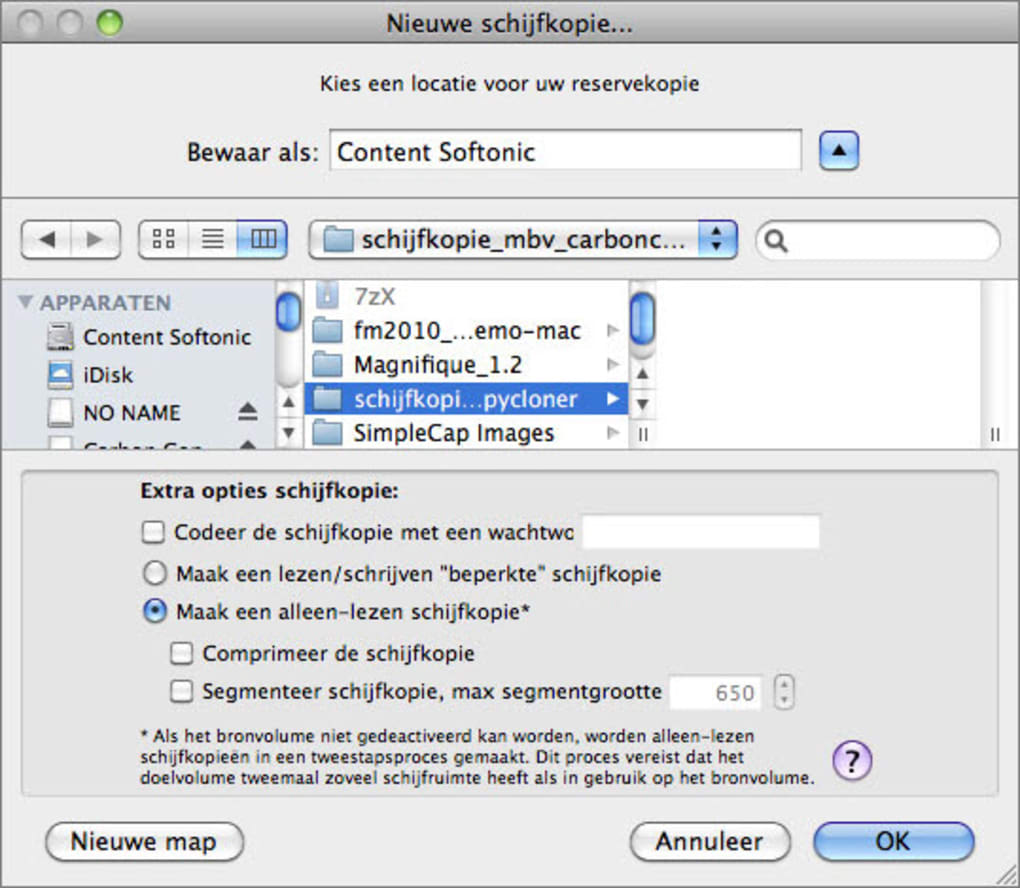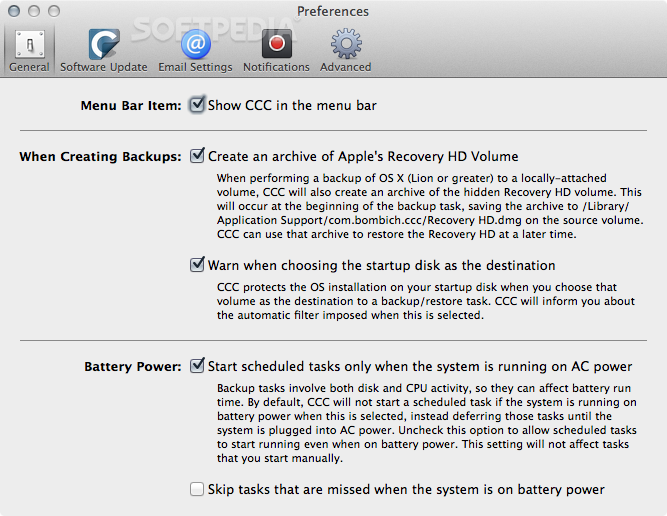

"A composition composed of 10% of trichlorofluoromethane and 90% of a mixture of 50% methyl alcohol, 40% ethyl alcohol, 5% water and 5% of ethylene glycol mono-ethyl ether. In 1938, a nonflammable solvent was invented by Johan Bjorksten to allow the possibility of using electrically driven machines without the concern of the flammability of pure methyl/ethyl alcohol.

The duplicating fluid typically consisted of a 50/50 mix of isopropanol and methanol, both of which were inexpensive, readily available in quantity, evaporated quickly, and would not wrinkle the paper. This was possible because the duplicating fluid was not ink, but a clear solvent. Multi-colored designs could be made by swapping out the waxed second sheets for instance, shading in only the red portion of an illustration while the top sheet was positioned over a red-waxed second sheet. Spirit duplicators had the useful ability to print multiple colors in a single pass, which made them popular with cartoonists. All except black reproduced in pastel shades: pink, mint, sky blue, and so on. The usual wax color was aniline purple (mauve), a cheap, moderately durable pigment that provided good contrast, but masters were also manufactured in red, green, blue, and black, as well as the hard-to-find orange, yellow, and brown. One master can produce 40 or so good copies after that, the copies gradually become paler as the colored wax is used up. When the solvent-impregnated paper comes into contact with the back side of the first sheet, it dissolves just enough of the pigmented wax to print the image onto the paper as it goes under the printing drum. As the paper to be printed moves through the printer, the solvent is spread across each sheet by an absorbent wick. There is no separate ink used in spirit duplication, as the wax transferred to the back side of the first sheet contains the ink. The two sheets are then separated, and the first sheet is fastened onto the drum of the machine, with the back side facing out, acting as a printing plate.

This produces the same result as a sheet of carbon paper put in backwards. The pressure of writing or typing on the first sheet transfers the colored wax from the second sheet to the shiny/coated back side of the first sheet, producing a mirror image.

The second sheet is coated with a layer of wax that had been impregnated with one of a variety of colorants. The first sheet can be typed, drawn, or written upon. The duplicator uses two-ply "spirit masters", also called "master sheets". Design Ī hand-cranked spirit duplicator from the 1960s The faintly sweet aroma of pages fresh off the duplicator was a feature of school life in the spirit-duplicator era. In both cases the trademark became a generic name for both the copiers and the process in their respective markets. Copiers in the United Kingdom were commonly manufactured by Associated Automation Ltd of Willesden, London NW10, a subsidiary company of the computer makers Elliott-Automation Ltd for the Block & Anderson company, under their "Banda" brand. The best-known manufacturer in the United States and the world was Ditto Corporation of Illinois. The spirit duplicator was invented in 1923 by Wilhelm Ritzerfeld. Spirit duplicators were used mainly by schools, churches, clubs, and other small organizations, such as in the production of fanzines, because of the limited number of copies one could make from an original, along with the low cost (and corresponding low quality) of copying. The device coexisted alongside the mimeograph. The term "spirit duplicator" refers to the alcohols that were a major component of the solvents used as "inks" in these machines. A spirit duplicator (also referred to as a Rexograph or Ditto machine in North America, Banda machine in the UK, Gestetner machine or Fordigraph machine or Roneo machine in Australia) is a printing method invented in 1923 by Wilhelm Ritzerfeld that was commonly used for much of the rest of the 20th century.


 0 kommentar(er)
0 kommentar(er)
